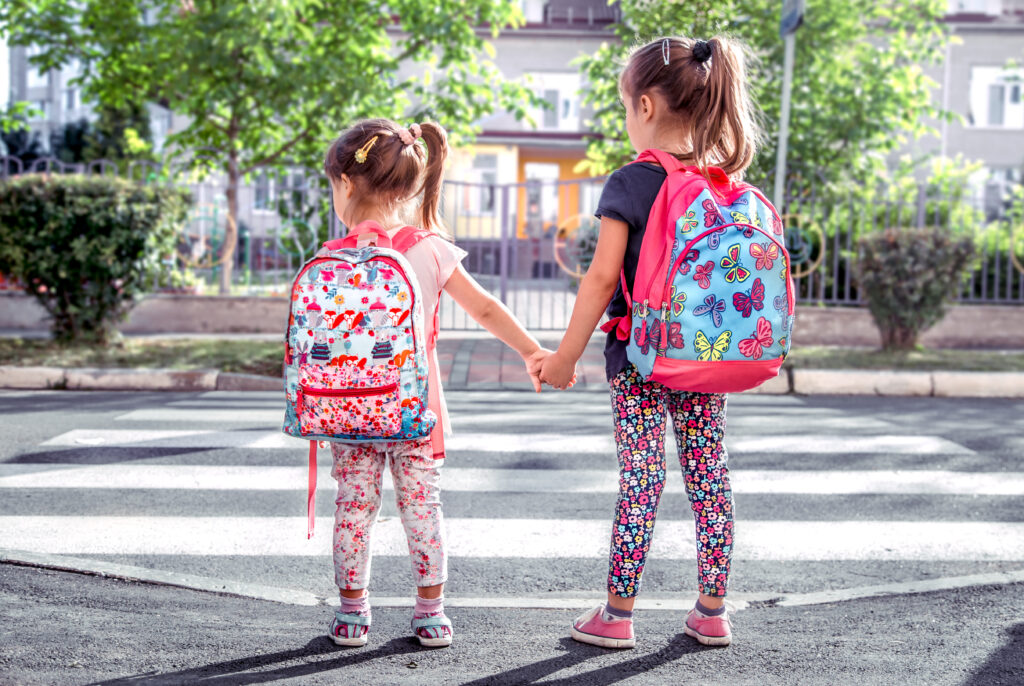Why Backpacks Matter

Fall is on the way. So are school buses and students carrying…backpacks. You might not think much about those bags full of books, pencils, crayons and computers, but physical therapists are. Students will always have things to carry between home and school. Backpacks are a great way to do that, but if they’re too heavy, they can cause problems. So, it’s important to choose the right backpack for your child.
Research has shown that carrying a heavy backpack changes students’ posture, walking speed, step length and more. Unsurprisingly, we also know that as students walk greater distances and become more fatigued, all of these changes get worse.m These changes can lead to neck pain, back pain, or other musculoskeletal issues.
How Heavy Is Too Heavy for Backpacks?
How much weight a student can safely carry is directly affected by how much they weigh. Studies have shown that changes in posture and performance start to occur when the weight of the backpack is 10% of the student’s body weight. The consensus among experts is that students should not carry more than 15% of their body weight in a backpack. Unfortunately, most of the data show that more than half of students are carrying more than the recommended load.
5 Tips for Parents and Students
To reduce the weight of backpacks and help students avoid pain, here are a few tips:
- Plan ahead – Each night, go through the backpack and remove items not needed the next day. Likewise, make sure your student isn’t bringing things home that they won’t need that night.
- Use your locker – Planning ahead can help remove extra weight between home and school. The locker can lighten the load during the school day. By making a few stops at their locker, students can avoid carrying extra loads around during the school day.
- Pack right – Heavier items should be placed close to the student’s back and lighter items further away.
- Wear it right – Using both shoulder straps, and front or hip straps if you have them to help distribute the load evenly. The bottom of the pack should be even with the bottom of the low back. Packs worn too high or low exaggerate postural changes and can restrict movement.
- Pick the right pack – If you’re shopping for a new backpack, look for one with two straps rather than one. A chest strap and hip belt can help distribute the load. The pack should also be sized appropriately – no longer than the student’s torso.
You can’t control what your student needs for school. However, you can use these tips to help reduce the load your student carries, and to make sure that they carry it right. If your student is having pain in their back, neck, or anywhere else, give your physical therapist a call today. They’ll be able to help!
